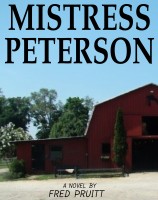[BBC] Eighty years ago on 6 June, D-Day, the largest land, air and naval operation in history was unleashed to fight the Nazis – led by a group of British troops who crash-landed in Normandy in six flimsy gliders. In 1984, the man who led this mission gave an extraordinary account to the BBC.
D-Day was a marvel of planning; it involved the simultaneous landing of tens of thousands of Allied troops on five separate beaches in Nazi-occupied northern France. The British and Canadians would land on three beaches in Normandy, codenamed Sword, Juno and Gold. The Americans were to capture Omaha and Utah beaches.
Major John Howard and his company's part in this elaborate plan required perfect navigation, great daring and complete surprise. Their mission was to capture two bridges intact – Bénouville Bridge, later known as Pegasus Bridge, over the Caen canal, and Ranville Bridge, later renamed Horsa Bridge, over the adjacent River Orne. Because these road bridges were the only way across the parallel water obstacles, capturing them would mean they could stop German reinforcements from reaching the beaches where the Allied armies would land later that day.
Preparation for this audacious glider mission was intense. Thousands of aerial photographs were taken of the bridges and their defences mapped in detail. The British even created a model of the area which was modified to match each day's aerial photograph. When the Germans cut down trees, the model-makers did the same. The idea of using gliders was that troops and heavier weapons could be landed in the same place behind enemy lines, without the need for parachutes. Because of the need to conserve metal supplies during wartime, the gliders were made mostly of spruce and plywood. They were tricky to operate, and liable to break apart upon landing. 
|











